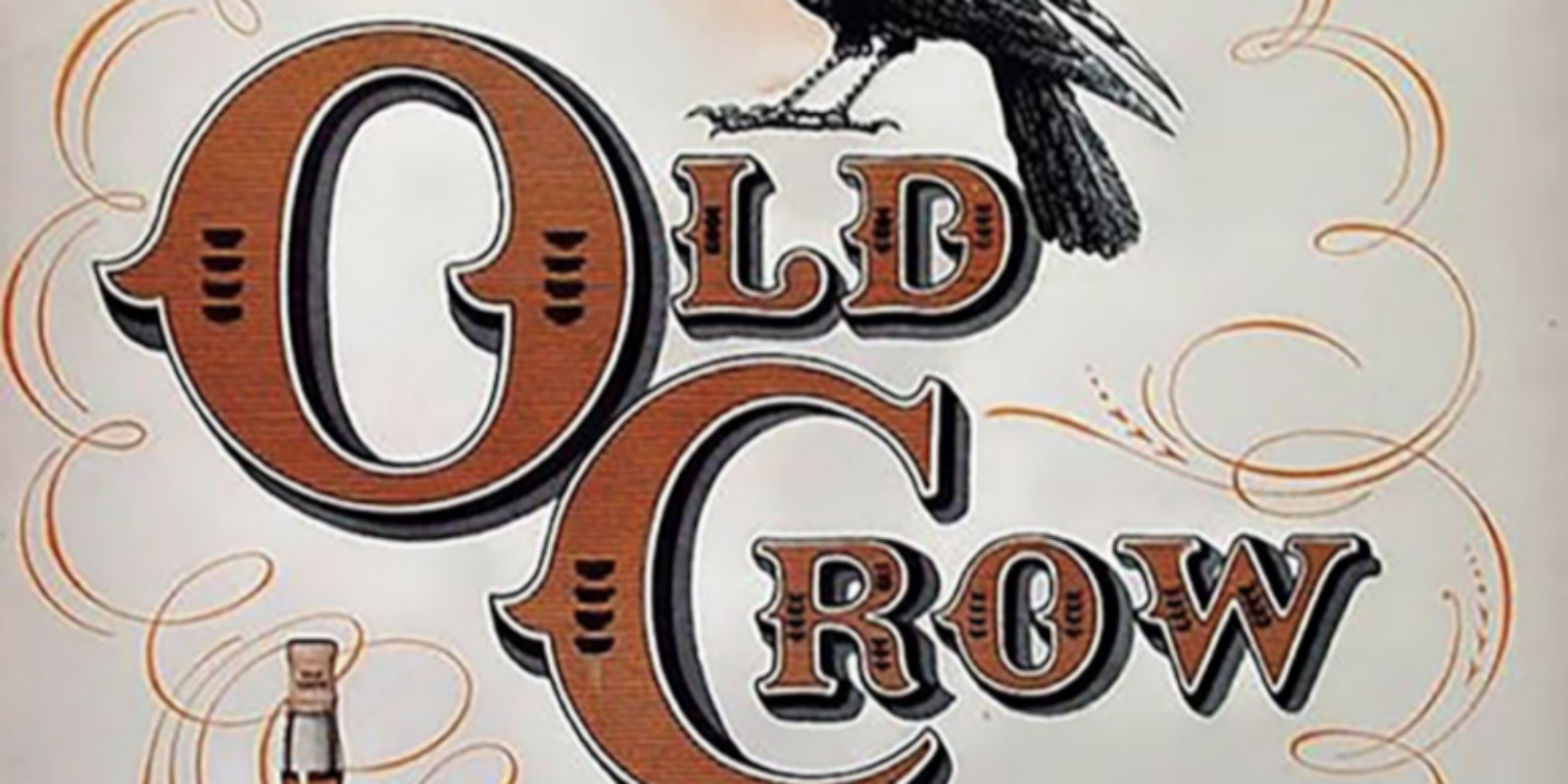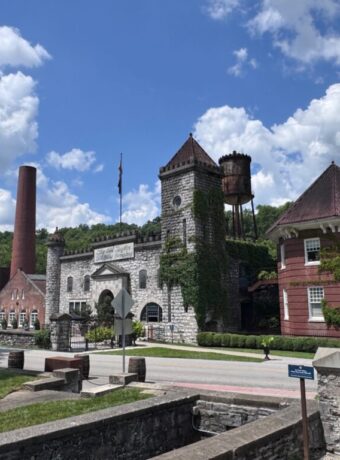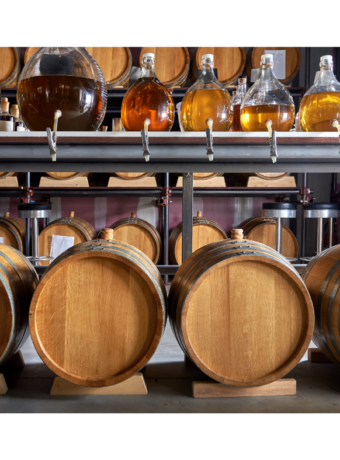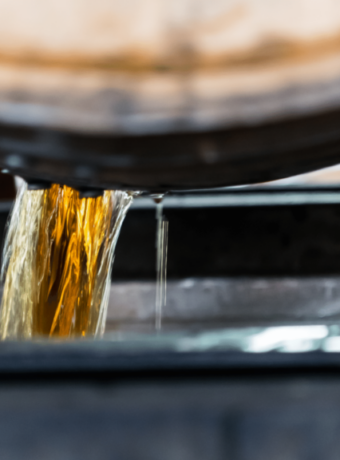From affordable bourbons to high-end rarities, discover the different types and price ranges of “old” whiskeys, and learn about their unique classifications and characteristics.
Whiskey is a drink that has been enjoyed for centuries, and with so many different types and brands available, it can be difficult to know where to start. One category of whiskey that is worth exploring is “old” whiskey, which can refer to a variety of different types of whiskey that have the word “old” in their name. In this article, we’ll take a closer look at what makes these whiskeys unique, their history, and some examples of the best “old” whiskeys you can try.
The Definition of “Old” in Whiskey Terminology
Before we dive into the world of “old” whiskeys, it’s important to understand what the term “old” means in the context of whiskey production. In general, the term “old” is used to describe a whiskey that has been aged for a longer period of time. However, the exact definition of “old” can vary depending on the specific type of whiskey.
For example, in the case of bourbon, the term “old” does not necessarily refer to the age of the whiskey, but rather to the amount of time that it has spent in a barrel. According to the U.S. government, bourbon must be aged in new, charred oak barrels for at least two years to be considered “straight” bourbon. If a bourbon has been aged for less than four years, it cannot be labeled as “straight bourbon” and must include an age statement on the label. However, the age statement is not an indication of quality, but rather of the length of time the whiskey has spent in the barrel.
In contrast, other types of whiskey, such as scotch, may use age statements as a way to indicate quality. In general, the longer a scotch has been aged, the more expensive and sought after it will be. However, even in the case of scotch, the age statement is not necessarily an indication of quality, and there are many excellent scotches that have been aged for a shorter period of time.
History of Whiskeys with “Old” in the Title
The history of “old” whiskeys can be traced back to the early days of American whiskey production. In the late 18th century, whiskey was typically produced in small, family-owned distilleries that used traditional methods to create a unique and flavorful spirit. As whiskey production grew and became more industrialized, the use of the term “old” became a way for distillers to differentiate their product from the new, mass-produced whiskeys that were flooding the market.
The first whiskey to be marketed with the word “old” in its name was Old Crow, which was first produced in the early 19th century by a distiller named James C. Crow. Old Crow quickly became one of the most popular whiskeys in the United States, and it set the stage for other “old” whiskeys to follow.
Categories of “Old” Whiskeys
There are many different types of whiskeys that can be referred to as “old,” including bourbon, rye, and others. Within each category, there are also different classifications of whiskey that can be referred to as “old.” Some of the most common classifications include:
Wheated bourbon: This type of bourbon includes a higher percentage of wheat in the mash bill, which can result in a smoother, sweeter flavor. Examples of wheated bourbons include Old Weller and Pappy Van Winkle.
Bottled-in-Bond: This classification refers to whiskeys that are distilled in a single season, by a single distiller, and aged for at least four years in a federally bonded warehouse. These whiskeys must also be bottled at 100 proof, and the label must include the distillery where it was made and the season of distillation. Examples of bottled-in-bond whiskeys include Old Grand-Dad and Heaven Hill.
Straight rye: This type of whiskey must be made from at least 51% rye and aged for at least two years. Examples of straight rye whiskeys include Old Overholt and Rittenhouse.
Single malt scotch: This type of whiskey is made entirely from malted barley and distilled at a single distillery in Scotland. Single malt scotches are typically aged for at least 10 years, although some can be aged for much longer. Examples of “old” single malt scotches include Old Pulteney and Old Fettercairn.
Best “Old” Whiskeys to Try
With so many “old” whiskeys available, it can be difficult to know where to start. However, there are a few standout bottles that are worth seeking out:
Old Forester 1920: This bottled-in-bond bourbon is aged for four years and has a rich, complex flavor profile with notes of caramel, chocolate, and spice.
Old Rip Van Winkle 10 Year: This wheated bourbon is aged for 10 years and has a smooth, velvety texture with flavors of vanilla, oak, and toasted nuts.
Old Overholt 11 Year: This straight rye whiskey is aged for 11 years and has a spicy, bold flavor with notes of black pepper, cinnamon, and clove.
Old Pulteney 17 Year: This single malt scotch is aged for 17 years and has a rich, fruity flavor with notes of honey, vanilla, and sea salt.
Conclusion
If you’re a whiskey enthusiast looking to explore the world of “old” whiskeys, there are many different types and brands to choose from. Whether you prefer bourbon, rye, or scotch, there are “old” whiskeys available that offer unique flavor profiles and interesting histories. By understanding the terminology and classifications of “old” whiskeys, you can start to develop a deeper appreciation for this classic spirit and all that it has to offer. So, the next time you’re in the mood for a good whiskey, why not try something “old” and see what you’ve been missing?



